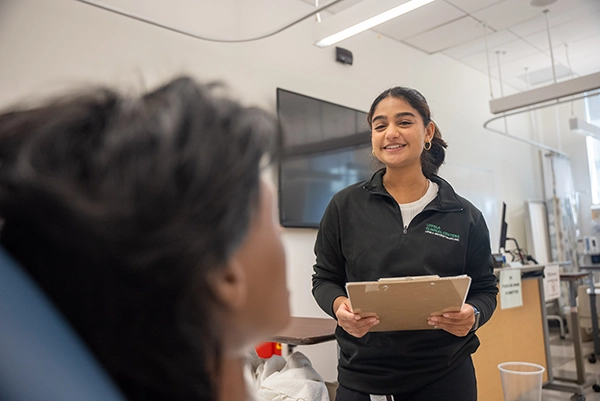Resources for Externship Supervisors
About Feedback
Feedback is one of the most important aspects of supervision.
Why is feedback important?
-
Facilitates learning
-
Increases confidence and independence
-
Ensures higher levels of competency
-
Increases supervisor- supervisee communication
-
Effective methods enhance satisfaction for both supervisee and supervisor
Types of Feedback
-
Summative: Cumulative Assessment (Midterm/ Final Grades)
-
Formative: Immediate and ongoing assessments; corrections and praise (written feedback, verbal feedback, and documentation edits or examples)
Qualities of Effective Feedback
-
Needs to be accurate, relevant, and timely
-
Trust increases the receiver’s willingness to accept feedback
-
Environment should be open, non-judgmental, and non-threatening
-
Should not be redundant or repetitive and should consider relevant goals
-
Takes receiver learning style into account
-
Praise is preferred by students and can increase confidence
-
Corrective feedback is essential for changes in behavior and advances in skill
-
Combination of positive and corrective feedback is optimal
Feedback should:
-
Provide information how to improve
-
Give rationale for suggested changes
-
Be private, positive, clear, concise and use specific examples
-
Convey respect and concern
Expectations
Recommendation Letters
Telepractice
Here are some useful links:
